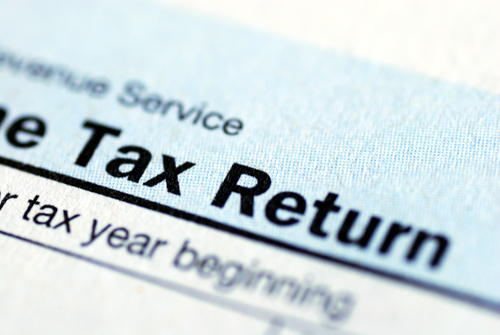
- Details
- Written by: Johnny McEntyre - NTS
- Category: Latest News
Access your individual account information including balance, payments, tax records and more.
Sign-in to your Online Account >>
If you don't have an existing IRS username or ID.me account, have your photo identification ready. More information about identity verification is available on the sign-in page.
- Hits: 12472

- Details
- Written by: Johnny McEntyre - NTS
- Category: Latest News
Order copies of tax records including transcripts of past tax returns, tax account information, wage and income statements, and verification of non-filing letters.
- Hits: 12042
